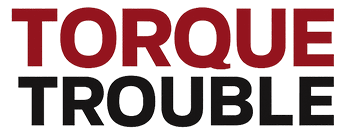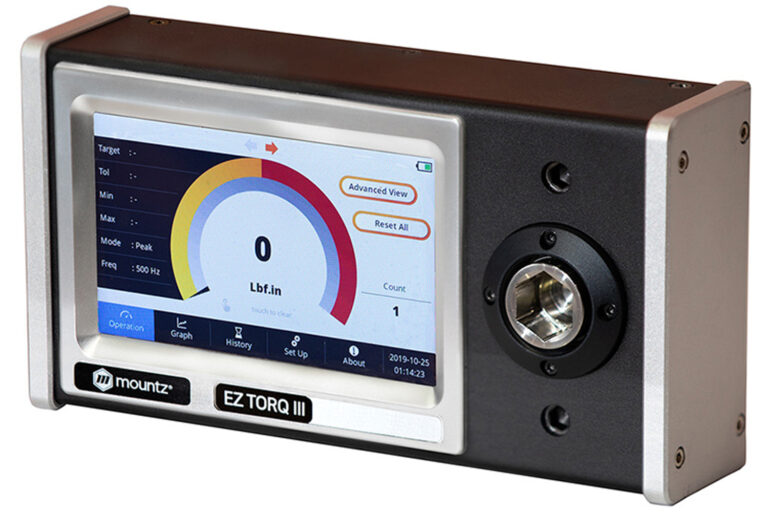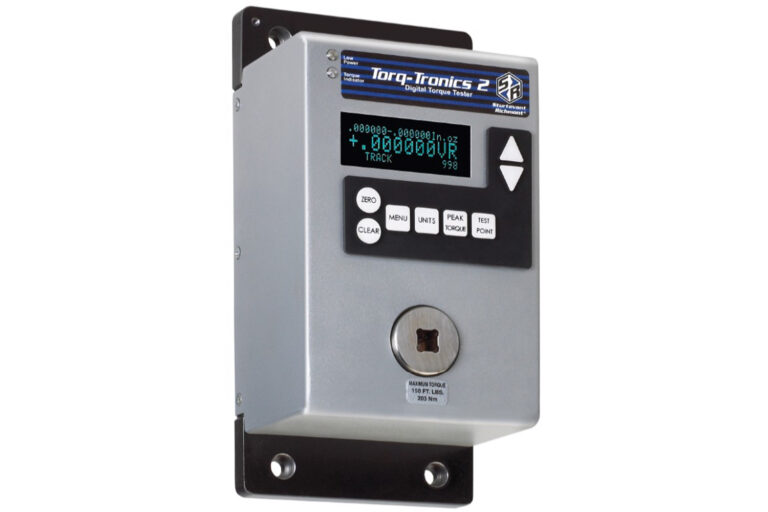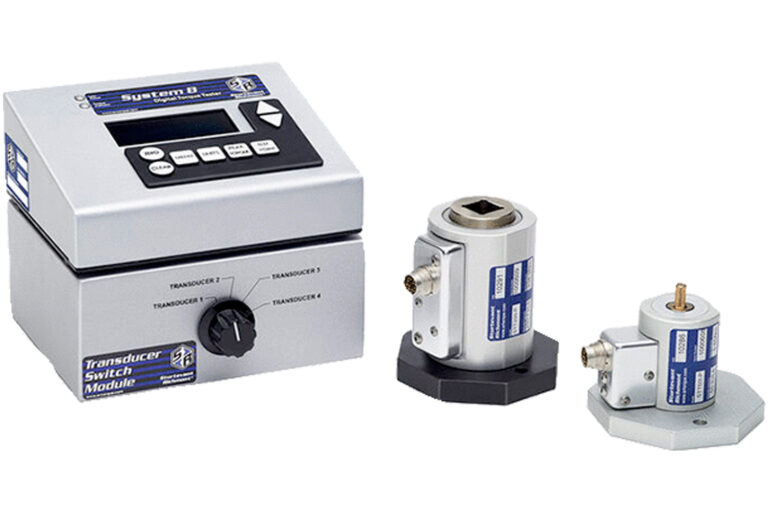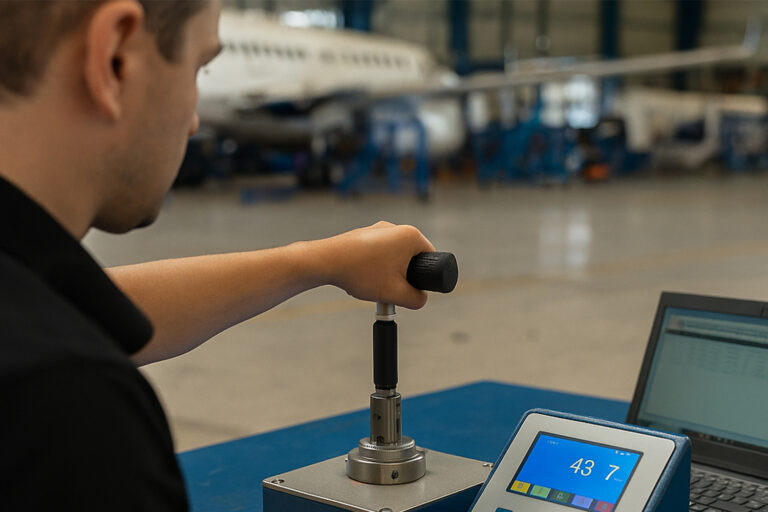
The Problem: You Can’t Prove It Was Torqued Right
Yet in many facilities, this problem persists:
- Operators use the wrong torque value for the wrong fastener
- Tools are manually adjusted on the fly, increasing the chance of over- or under-torque
- Audit trails are incomplete or incorrect
- The wrong torque compromises the entire assembly
In industries like aerospace, EV, electronics, and medical device assembly, lack of verification equals liability.
The Solution: In-House Verification + Digital Documentation Tools
You don’t have to send tools out for recalibration every week. Instead, use in-house torque verification systems to validate accuracy daily, capture data digitally, and create audit-ready records for every tool in use.
Here are the top tools that solve this problem — from daily verification stations to advanced calibration equipment.
Designed for tool verification, auditing, and calibration checks, the Mountz EZ-TorQ III Torque Analyzer is one of the most versatile solutions on the market.
Best for: Production environments needing portable, NIST-traceable, audit-compliant verification without sending tools off-site.
- Features:
- Accuracy of ±0.5% of reading
- Color touchscreen interface with graphing
- USB and SD card data export
- Supports click, dial, digital, cam-over, and torque screwdriver tools
- Measures in lbf·in, lbf·ft, N·m, and more
- Battery-powered and portable
- Compatible with ISO 6789 and calibration program workflows
Real-World Use Case:
A medical device company uses EZ-TorQ analyzers at each assembly cell to verify torque drivers at shift start — ensuring no fastener goes unverified and streamlining FDA audit prep.
Ideal for bench setups in aerospace or automotive production lines, the Torq-Tronics 2 is a compact, rugged tester with smart features for day-to-day tool verification.
- Key Benefits:
- ±0.5% accuracy
- Stores 999 readings
- Multiple operating modes for click, peak, and power tools
- Pass/fail LED indicators for fast checks
- USB and RS-232 output for calibration reports
Real-World Use Case:
An automotive supplier integrates Torq-Tronics 2 units at each workstation to verify click wrenches across all stations. Daily checks reduce tool drift, and data is logged to meet IATF 16949 compliance.
For organizations that need full-scale, lab-grade verification and calibration, the System 8 Digital Torque Tester is the gold standard. Built for bench-top use in high-compliance environments, it offers exceptional accuracy and control for daily verification and long-term traceability.
- Key Benefits:
- Accuracy up to ±0.25% of indicated value
- Wide range coverage from 2.5 in-oz to 2,000 ft-lbs
- Operates in Track, Peak, First Peak, and Power Tool modes
- Stores up to 999 test records
- LED pass/fail indicators with lockout capability
- Compatible with Torque Tool Manager 4.0 software for audit logs and certificates
- Ships calibrated to ISO/IEC 17025, NIST-traceable
- Ideal for internal calibration labs, aerospace QA stations, and tool crib verification workflows
Real-World Use Case:
An aerospace contractor uses the System 8 to certify every torque tool before each production run, creating a digital log of “as found” and “as left” readings to satisfy AS9100 audits and quality control protocols.
Supporting Documentation Tools
Torque verification is only half the story. The other half is keeping records that stand up to audit scrutiny.
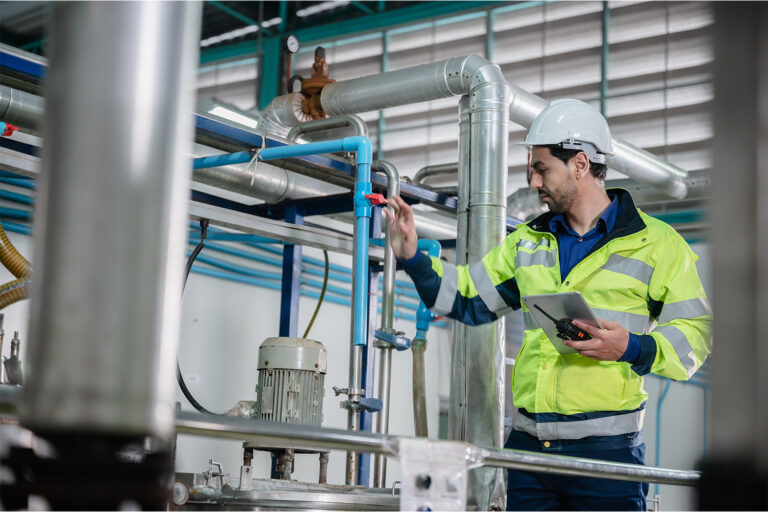
Best practices include:
- Storing digital calibration certificates for every torque tool in service
- Maintaining a traceable log of daily/weekly torque checks
- Recording operator ID, tool ID, date, and pass/fail status
- Linking test data to NIST-traceable standard references
If you’re working under ISO 6789, ISO 9001, AS9100, or FDA compliance, these are no longer optional — they’re operational requirements.
Final Word: You Can't Rely on Memory
Torque documentation isn’t a formality — it’s a shield against liability. Whether you’re prepping for an audit or just trying to avoid another round of rework, digital verification and calibration logs are your strongest defense.
If it wasn’t verified and documented, it might as well not have been torqued.
